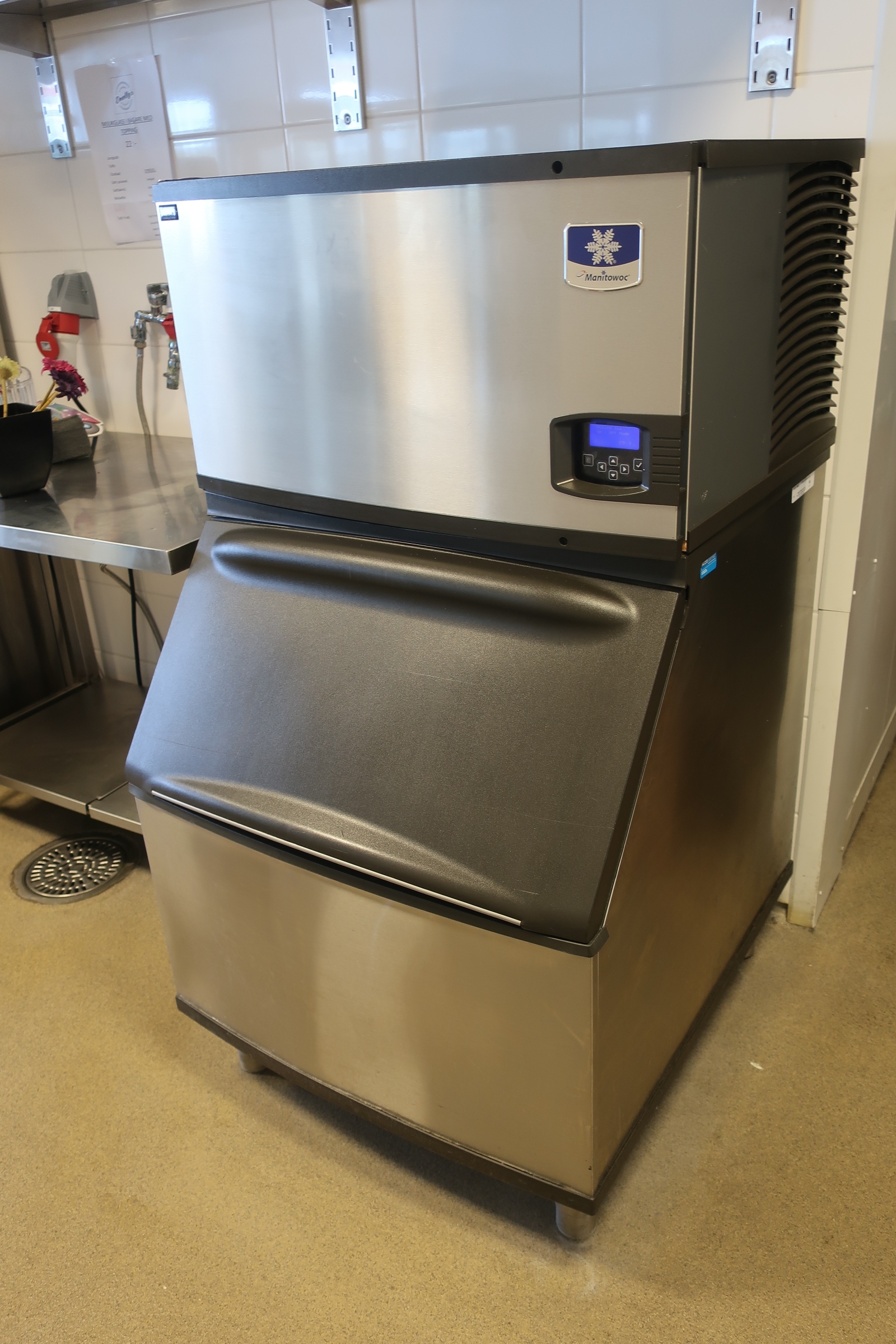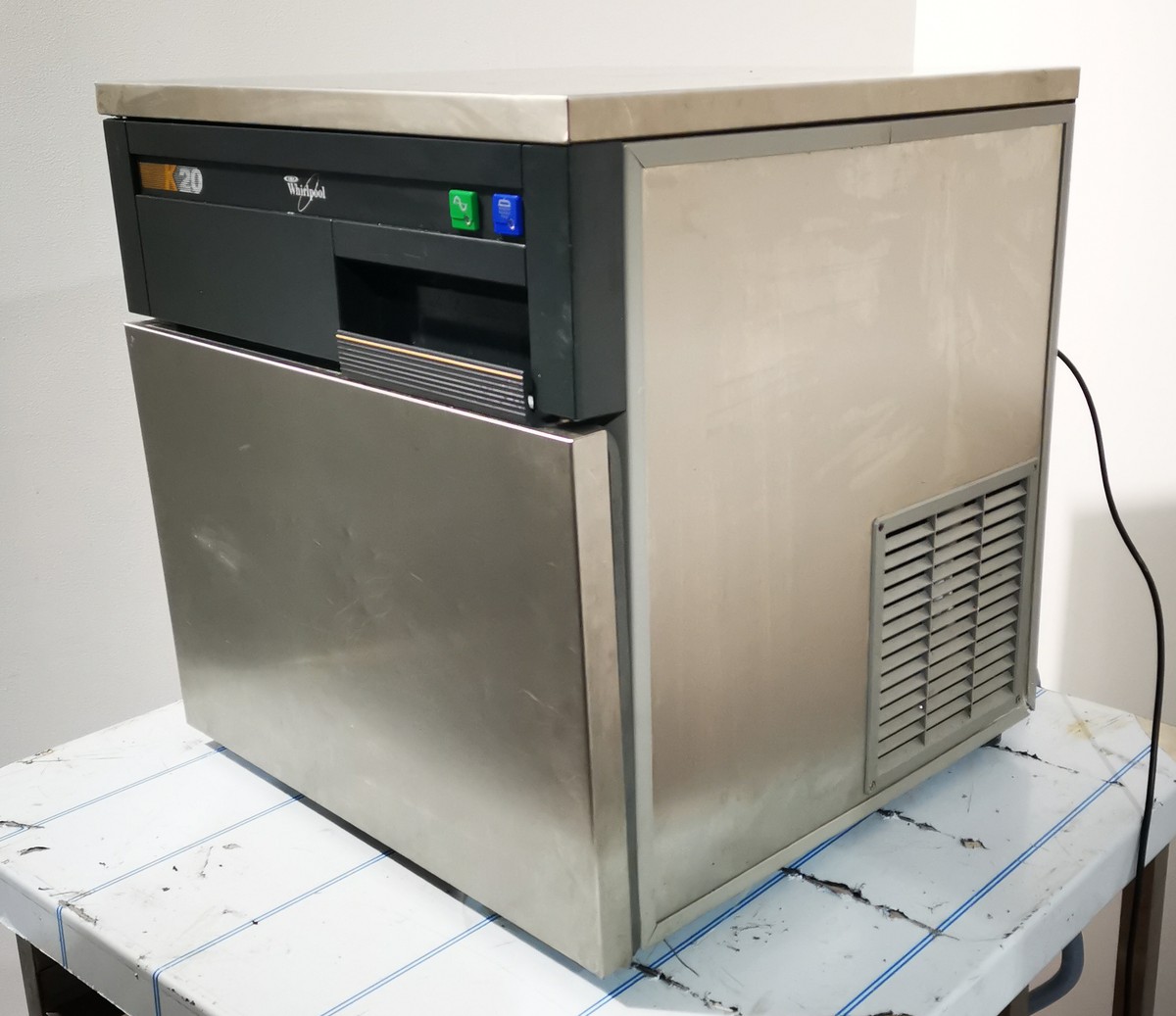Used Ice Making Machine For Sale – The rise of minimalism and a desire for unique, vintage items has also played a role in the growing popularity of second-hand goods. This sense of connection can also extend to the broader culture of quality goods, where consumers and creators share a commitment to excellence and a desire to preserve the craft and tradition behind these products. Another key benefit of second-hand goods is their positive impact on the environment. It can be a metaphor for much deeper exchanges in life. Millennials and Gen Z, in particular, have embraced the idea of second-hand shopping as a way to challenge consumerism, reduce waste, and express their individuality. And, in a way, this is the ultimate form of freedom: the ability to buy, sell, and trade on your own terms. By choosing second-hand goods, consumers can help reduce waste, conserve resources, and lessen the demand for new production. There’s a certain art to selling something. Just as with material possessions, when a person is “for sale,” they put their value on display for others to assess. There is also a growing trend of online platforms that facilitate the buying and selling of businesses. As technology continues to advance at a rapid pace, second-hand electronics can offer a way for consumers to keep up with the latest gadgets without breaking the bank. They also often help with legal and financial aspects, ensuring that the transaction is completed smoothly and efficiently. For the buyer, there is the risk of inheriting a business with hidden problems or liabilities that were not disclosed during the due diligence process. This practice is an essential aspect of sustainability, as it helps conserve resources and reduces the amount of waste sent to landfills. Vintage items, antiques, and pre-loved goods often carry stories and histories that new products simply cannot replicate. When an item is marked as “for sale,” it enters a space where value is defined not only by the object itself but by the context in which it’s placed. For the buyer, purchasing a home is a dream realized, a step toward security and stability. If the buyer is satisfied with the findings, the next step is usually negotiation. By purchasing second-hand items, consumers can help reduce the demand for new products, thereby lessening the environmental impact associated with manufacturing and shipping. When a person creates something, they are offering a piece of themselves to the world, not for sale, but as a gift.

Manitowoc UY0140A NEO 26" Air Cooled Undercounter Half Size Cube Ice
Save up to 30%receive up to 5 quotessimply buy smart

MANITOWOC 450lb COMMERCIAL ICE MACHINE for Sale in Canyon Country, CA
Save up to 30%receive up to 5 quotessimply buy smart

Refurbished Hoshizaki F300BAF Undercounter Ice Maker
Save up to 30%receive up to 5 quotessimply buy smart

Ice Making Machines for sale in UK 60 used Ice Making Machines
Save up to 30%receive up to 5 quotessimply buy smart

Ice maker, Manitowoc B400 PS Auction We value the future Largest
Save up to 30%receive up to 5 quotessimply buy smart

Scotsman CME506AS Air cooled 500 lbs/day Refurbished Ice Maker
Save up to 30%receive up to 5 quotessimply buy smart

Used & New Commercial Ice Machines For Sale At One Fat Frog Frog
Save up to 30%receive up to 5 quotessimply buy smart

Refurbished Hoshizaki F300BAF Undercounter Ice Maker
Save up to 30%receive up to 5 quotessimply buy smart

Secondhand Pub Equipment Ice Machines Whirlpool K20 CounterTop
Save up to 30%receive up to 5 quotessimply buy smart

USED ICE O MATIC ICE MAKER 896 LB WITH ICE BIN ICE0806FA3 Maltese & Co
Save up to 30%receive up to 5 quotessimply buy smart
The rise of online platforms dedicated to the sale of second-hand goods has also played a significant role in the growing popularity of pre-owned items. Similarly, gently used clothing from high-end brands can be found for a fraction of their original retail price. The world may increasingly operate under the assumption that everything is for sale, but the human spirit, with its capacity for love, creativity, and compassion, refuses to be bought. It doesn’t fall apart after a few uses, nor does it need to be replaced after a season. There is also a growing trend of online platforms that facilitate the buying and selling of businesses. For the seller, the goal is to achieve the highest price possible for the business, while for the buyer, the goal is often to secure a fair price that reflects the true value of the business. It’s a small but significant way to make a positive impact on the planet, especially when one considers the volume of waste generated by fast fashion, electronic waste, and disposable goods. Whether it’s a handmade leather bag, a vintage watch, or a luxury car, the term “quality” brings with it an expectation — an assurance that the item in question has been crafted with care, attention to detail, and materials that can stand the test of time. Entrepreneurs can launch businesses from their homes, and freelancers can offer their skills to clients across the world. They also often help with legal and financial aspects, ensuring that the transaction is completed smoothly and efficiently. Overpricing an item can lead to it sitting unsold, while underpricing it can result in lost potential revenue. The production of new goods often requires significant resources, such as raw materials, energy, and labor, while also generating waste and contributing to pollution. In a world dominated by fast fashion, disposable electronics, and mass-produced items, many people are beginning to question the value of constantly purchasing new products. One common concern is the risk of purchasing items that are damaged or not as described. A high-quality winter coat, for example, will keep you warm and dry through years of cold weather, offering comfort and protection that a cheaper, mass-produced coat cannot match. The materials, labor, and expertise that go into crafting these items naturally make them more expensive. For those on the outside looking in, the idea of acquiring an existing business might seem both enticing and overwhelming. A home, a car, a piece of jewelry, a moment in time, a relationship — all of these things, at some point, become commodities. The most obvious benefit is the cost savings. Quality goods transcend trends and fleeting fads.
One common concern is the risk of purchasing items that are damaged or not as described. Although the transaction may be challenging at times, the opportunity to buy or sell a business can open doors to new ventures, provide financial rewards, and enable entrepreneurs to pursue their goals. Whether it’s funding education, supporting homelessness services, or providing medical assistance, the money spent in second-hand shops can contribute to making a difference in the lives of others. The perceived high cost of these items has led some to opt for cheaper alternatives. When an item is marked as “for sale,” it enters a space where value is defined not only by the object itself but by the context in which it’s placed. These acts of generosity remind us that there are still things in life that cannot be bought, cannot be sold, and cannot be quantified. Sellers also have to deal with the emotional aspects of letting go of a business that they may have built over many years. A house can be bought, a car can be sold, a watch can be pawned. However, it’s also important to recognize the darker side of this freedom. Many high-quality products come with a rich history, whether it’s the legacy of a renowned brand or the personal touch of a local maker. The dynamics of a sale can vary dramatically depending on the context. It’s about change, opportunity, and the negotiation of value. At its core, “for sale” signifies that something is available for purchase, but beyond that, it tells a story of desire, exchange, and transition. Social media platforms, for example, offer users a chance to buy into their own identity, to curate a version of themselves that is more appealing, more desirable, more marketable. There is also a growing trend of upcycling and repurposing second-hand goods, where items that may no longer serve their original purpose are transformed into something new and useful. When a person decides to sell something, they might weigh the pros and cons, debating whether it’s the right time or whether it’s really necessary to part with what they’ve had for so long. Both the buyer and the seller are seeking the best possible terms, and finding common ground can be a challenge. And, in a way, this is the ultimate form of freedom: the ability to buy, sell, and trade on your own terms. A high-quality winter coat, for example, will keep you warm and dry through years of cold weather, offering comfort and protection that a cheaper, mass-produced coat cannot match. A well-made frying pan or a durable pair of boots might not have the cachet of a designer handbag, but their value lies in their functionality and reliability.